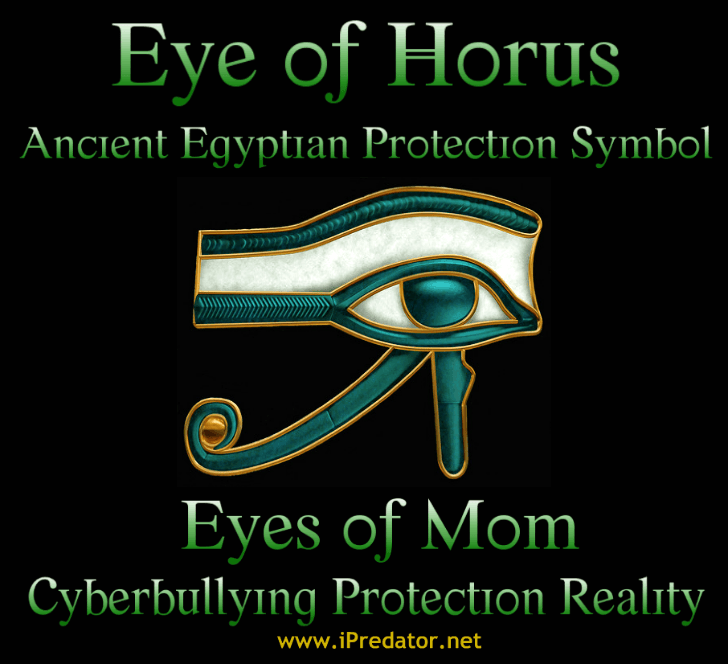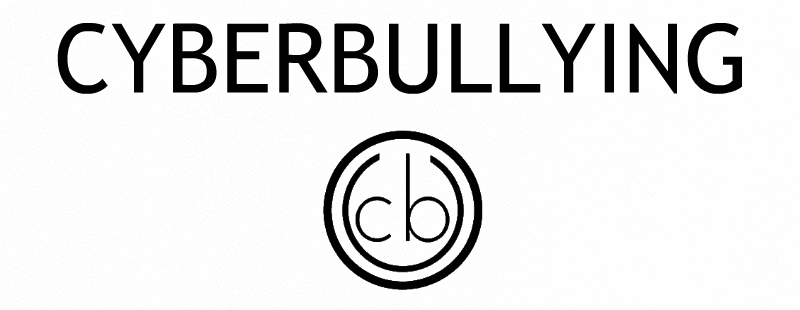What is Cyberbullying & Bullying
by
Michael Nuccitelli, Psy.D.
Dr. Nuccitelli posits that the Information Age and classic bullying have merged to become what is now known as Cyberbullying. Despite the reality that many adults who were children before the Information Age feel there is little difference between traditional and cyberbullying, Dr. Nuccitelli strongly believes cyberbullying is far more insidious to human consciousness. Physical bullying certainly has not ceased to exist but cyberbullying primarily functions to distort the target’s perceptual processing within the realm of psychological harm and manipulation.
Now that physical strength & size are no longer attributes required to be a bully, the cyberbully can be any size, gender or interpersonally skilled. Provided for the reader is a brief overview Dr. Nuccitelli has compiled addressing cyberbullying. Cyberbullying continues to grow among Information Age children. Unlike classic bullying, cyberbullying occurs within the hidden realm of cyberspace. Humanity thrives at the beginning of the Information Age, yet one knows the depths children will go in their developmentally dysfunctional and deceptive practices to harm other children.
“The Information Age technocentric concept of being “connected” has become a paradoxical disconnection causing humanity to lose their instinctual drives for social cohesion, allegiance and selflessness. As dependency upon Information and Communications Technology [ICT] spreads throughout the collective human consciousness, the care for neighbors’ withers and online connections are deemed more valuable than reality-based relationships“. Michael Nuccitelli, Psy.D. (2014)

Cyberbullying
Cyberbullying is a term used to define recurrent and sustained verbal and/or physical attacks by one or more children towards another child who is unable or unwilling to deescalate the engagement using Information and Communication Technology (ICT). Cyberbullying is harmful, repeated and hostile behavior intended to deprecate a targeted minor. Cyberbullying describes threatening or disparaging communications delivered through ICT. Whereas classic bullying typically involves face-to-face interactions and non-digital forms of communication, cyberbullying consists of information exchanged via ICT and may never involve face-to-face encounters.
Classic & cyberbullying occurs among young people. When an adult is involved as the aggressor, it meets criteria for Cyber Harassment or Cyberstalking, which in many states is a criminal act. Although the terms “bullying” and “cyberbullying” includes adult intimidation behavior in contemporary culture, these describe pediatric behaviors and will not include adult applications in Dr. Nuccitelli’s manuscripts. Like classic bullying, cyberbullying is harmful, repeated and hostile behavior intended to taunt, deprecate, threaten & defame a targeted minor initiated and sustained by another minor or group of children.
Bullying
Bullying, or classic bullying, is a term used to define recurrent and sustained verbal and/or physical attacks by one or more child(s) towards another child who is unable or unwilling to deescalate the engagement. It may involve verbal harassment, physical assault, coercion, intimidation, humiliation and taunting. Bullying is comprised of a combination of five types of pediatric abuse including social, sexual, emotional, verbal and physical exploitation.
Bullying requires both the assailant and target to be minors. Adult forms of bullying are termed Harassment, Stalking & Slander. Despite variants in definition, bullying involves abuse between two or more minors. Classic bullying requires face- to-face interactions within the repertoire of aggressive behaviors. Bullying appears to be a pediatric phenomenon that has existed throughout the course of human civilization. Although bullying involves the psychological arenas of manipulation, humiliation and verbal aggression, traditional bullies primarily used their physical attributes and aggression to shape their target. Not that the Information Revolution brought the end to traditional bullying but has introduced an entirely new assailant/victim dimension.
“Society is being lulled into a technological false sense of trust by taking digital information and online peer connections at face value. Like the child in the fairy tale, “Little Red Riding Hood”, innocently wandering through the forest, humanity erroneously believes that the “Wolf” is whoever he claims to be. Just as Little Red Riding Hood, humankind is in grave danger of falling prey to the Information Age iPredator lycanthrope.” Michael Nuccitelli, Psy.D. (2014)
Cyberbullying Tactics
Educators, parents and all American communities must begin treating cyberbullying as a societally toxic phenomenon. To thwart this growing epidemic, it is paramount society becomes educated on the tactics cyberbullies use to taunt and victimize other vulnerable minors. It should never be forgotten that children who create, implement and experience power from cyberbullying eventually become adults. It does not take much speculation to quickly conclude that an adult with years to hone their cyber-attack skills can become a lethal weapon using information and information technology to devastate their targets.
Cyberbullying tactics is a concept created to describe the variety of methodologies cyberbullies use to taunt, threaten, humiliate and deprecate another child. The most important goal for the reader and all adult online users is to become familiar with the themes of cyberbullying strategies used in relationship to the tactics & methods minors use to harm other minors. Furthermore, many of the tactics used by children of the Information Age are also used by adult ICT users engaged in cyber harassment, cyberstalking and cybercrime. As humanity increasingly becomes dependent upon Mobile Device Technology, the range of cyberbullying tactics will assuredly grow.
Cyberbullying Definition Revisited
“For those who were children during the pre-Information Technology driven world, bullying did exist, was traumatizing, but primarily upon physical intimidation to exert control over the target child. For those who were a target, there was a beginning and end with an eventual escape. Information Age children do not have this luxury. The art & science of cyberbullying has enabled an interpersonal victimization dynamic to where a target child can be teased, taunted, and humiliated twenty four hours a day, seven days a week and three hundred and sixty five days. Within this skewed relationship, the cyberbully symbolically becomes the puppeteer using the strings of manipulation to control target without identification. Contemporary adults must equate cyberbullying with the Puppeteer metaphor to truly fathom what a target child experiences. It is no longer Walt Disney’s “Pinocchio” world for the InfoAge child.”
Michael Nuccitelli, Psy. D. (2014)

Cyberbullying: Cyberbullying is defined as threatening or disparaging information directed at a target child delivered through Information and Communications Technology (ICT). Similar to traditional bullying, cyberbullying is harmful, repeated and hostile behavior intended to taunt, embarrass, deprecate & defame a targeted child. Dissimilar to traditional bullying is cyberbullying includes a phenomenon called “Cyberbullying by proxy”. Cyberbullying by proxy is when a cyberbully encourages or persuades other ICT users to engage in deprecating and harassing a target child.
Cyberbullying by proxy is a dangerous form of cyberbullying because adults may become accomplices to the cyberbully and may not know they are cyber attacking a minor from their community. It may sound preposterous to adults, but it is a reality of cyberspace when the offender and victim can be unknown entities and never meeting one another face-to-face.
Cyberbullies are usually motivated by a need for peer acceptance and/or power and control. A small percentage of cyberbullies engage in these maladaptive behaviors out of ignorance of the distress they cause a target child. The most malevolent form of cyberbully, the Narcissistic Cyberbully, feels minimal remorse for the harm they inflict upon their victim. It has been speculated that children view the real world and the online or virtual world as part of a seamless continuum.
Unable to differentiate reality from virtual reality, victims of online bullying can easily be psychologically traumatized and cyberbullies themselves. When a minor engages in cyberbullying related activities that meet criteria for iPredator, the child has entered a realm that can easily transform the personality construct.
Free Educational Cyberbullying Assessments
- Cyberbully Abuser Checklist (CBAC)
- Cyberbullying Target Checklist (CBTC)
- Cyberbullied Probability Inventory (IPI-CB)
- Cyberbully Probability Inventory (IPI-CBA)
Michael Nuccitelli, Psy.D.
Michael Nuccitelli, Psy.D. is a NYS licensed psychologist, cyberpsychology researcher and online safety educator. In 2009, Dr. Nuccitelli finalized his dark side of cyberspace concept called iPredator. Since 2010, he has advised those seeking information about cyberbullying, cyberstalking, cybercriminal minds, internet addiction and his Dark Psychology concept. By day Dr. Nuccitelli is a practicing psychologist, clinical supervisor and owner of MN Psychological Services, PLLC. After work and on the weekends, he volunteers helping online users who have been cyber-attacked. Dr. Nuccitelli’s is always available to interested parties and the media at no cost. This website and everything created by Dr. Nuccitelli is educational, free and public domain.


